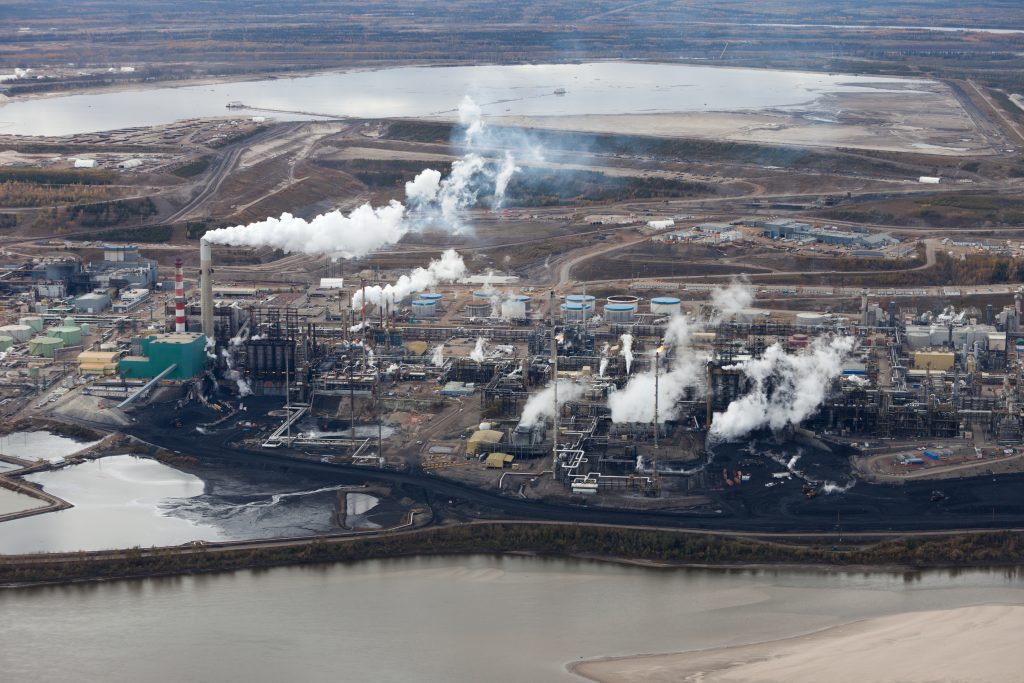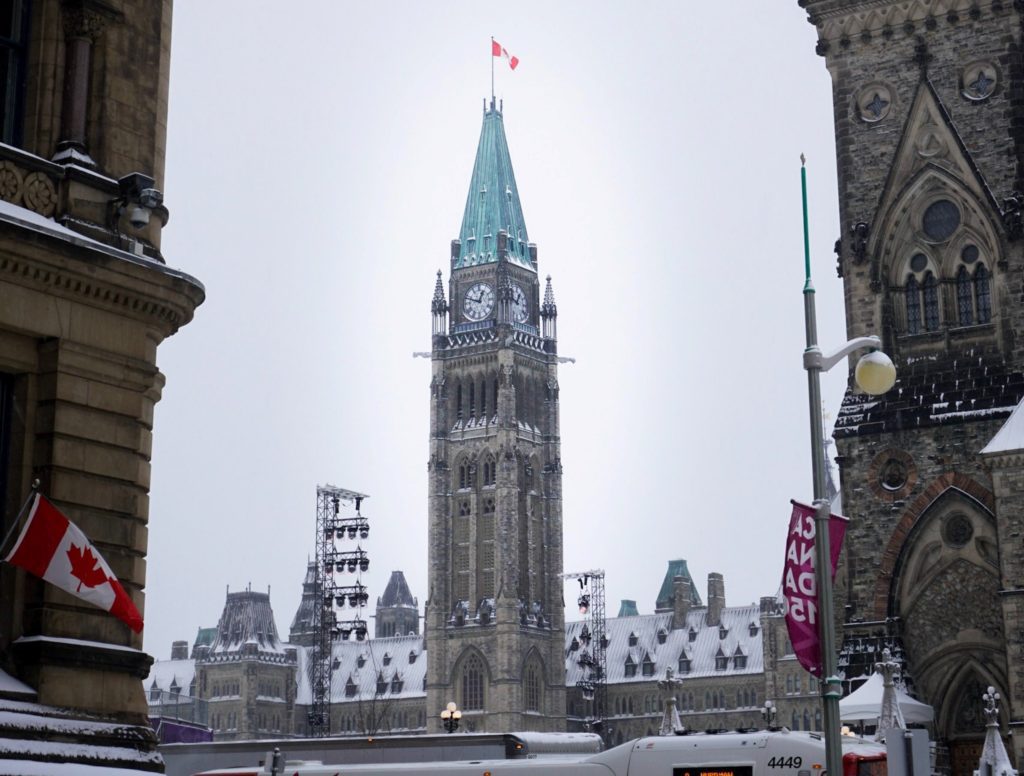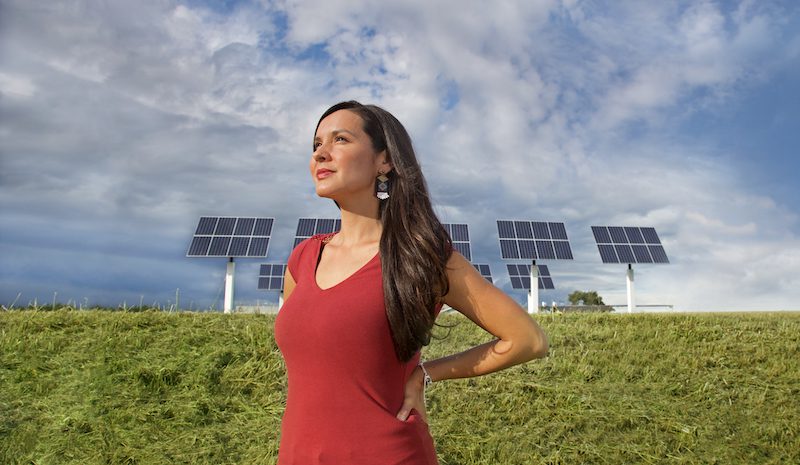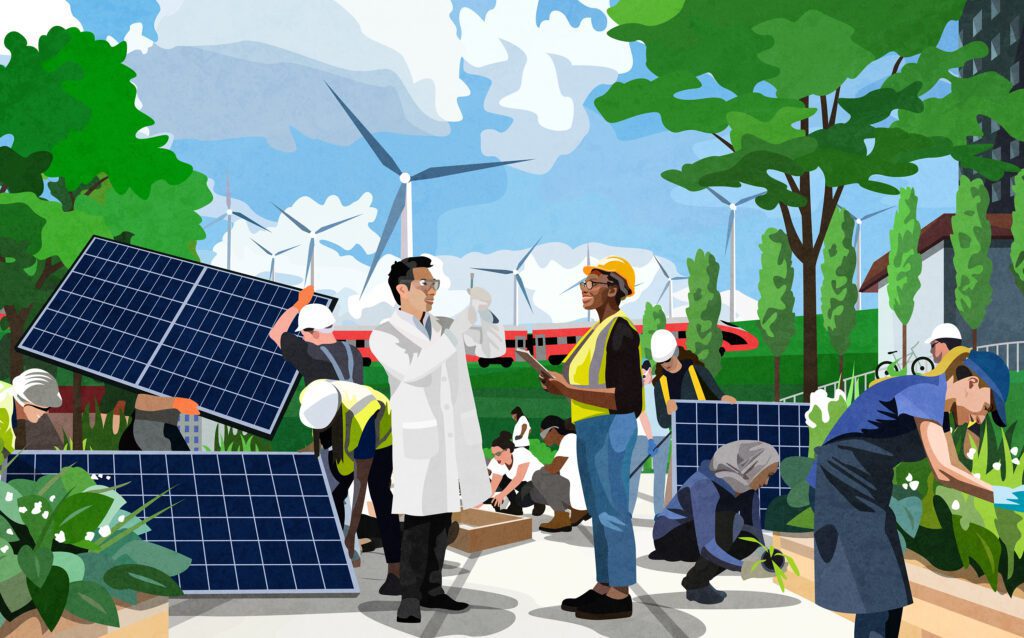Two years after Prime Minister Trudeau first promised to limit and reduce Canada’s oil and gas emissions, the federal government finally released a regulatory framework at COP 28, in December 2023.
The framework is by no means perfect. However, it is a much-awaited step in the right direction as the federal government moves to cap greenhouse gas emissions (GHG) from the highest polluting industry in Canada.
The oil and gas emissions cap is a key climate policy for Canada. Emissions from oil and gas production are the largest source of pollution in the country – and growing. The increase in oil and gas pollution has canceled out all the recent progress in emissions reduction in other sectors of the economy. Without the cap, oil and gas emissions will continue growing unchecked, further threatening our health, environment and the economy.
Learn more about why the emissions cap is important here.
The framework includes some real strong points. However there are some concerning elements as well: a delayed timeline, a weak target to reduce emissions, and loopholes given to the oil and gas industry.
Take Action: Tell Canada to Hold Big Oil Accountable for its Pollution.
There’s an urgent need to reduce oil and gas emissions


The release of the emissions cap framework was a big step in the right direction, but the job is not done. The framework is essentially just a roadmap, but it is not binding in any way. The next step is the release of the draft regulations, by April 2024. The draft regulations will then be followed up with final rules, so that the emissions cap is active by the start of 2025. Of course this means that the federal government has to fast track the development of the cap.
However, this shouldn’t be much of a stretch, since the emissions cap has already been under development for the past two years. The federal government has already consulted extensively with the public, provincial governments and industry.
The emissions cap regulation has already been delayed repeatedly. We can’t afford further delays in this key policy. This decade is crucial to reduce emissions if there is any chance of keeping global average temperature increase to below 1.5 °C. Right now, Canada is on track to miss its 2030 climate targets, mainly due to the increases in oil and gas emissions.
Ramping up the ambition to reduce emissions


In addition to fast-tracking the cap, the emissions reduction target for the oil and gas industry must also be strengthened. As proposed, the oil and gas industry must reduce its emissions by 35-38 per cent from 2019 levels by 2030. Considering that the International Energy Agency, a global body of experts on energy, is asking oil and gas companies to reduce their emissions by 60 per cent by 2030 to avoid catastrophic climate change, Canada’s target just doesn’t stack up. In fact, the current target for oil and gas emissions doesn’t even stack up to Canada’s own national target, which is 40-45 per cent emissions reduction from 2005 levels by 2030.
No free rides for the industry!
The inclusion of offsets in the framework is also concerning. Offsets are tradable credits that polluters can purchase to compensate for a ton of carbon dioxide or the equivalent in greenhouse gasses, by investing in emissions-reducing environmental projects elsewhere. Polluters who purchase offsets are not reducing emissions from their own operations. Allowing oil and gas companies to use their vast financial resources to purchase emissions reductions elsewhere to offset their own pollution goes against the purpose of the cap, which is to limit and cut pollution from the production of oil and gas in Canada.
The same issue exists with the proposed decarbonization fund in the framework. The idea behind the fund is that oil and gas companies can pay a certain amount of money into a fund to compensate for a portion of their emissions they fail to reduce. Once again, these companies wouldn’t be reducing their own emissions but rather using their vast resources to continue polluting.
Both offsets and the decarbonization fund are potential loopholes that would allow the oil and gas companies to skirt their responsibilities of reducing actual greenhouse gas emissions from their operations. These loopholes are not going to help Canada meet its climate targets, nor will it reduce the risk of fossil fuelled climate change from wreaking havoc in the coming years.
Canada’s climate ambition depends on a strong oil and gas emissions cap


The Government of Canada should be credited for being the first country to work on developing a national cap on oil and gas pollution. It is a scientific fact that greenhouse gas emissions from fossil fuels are causing climate change. The release of the emissions cap framework is a good step in addressing the pollution from the production of oil and gas in Canada.
But the many loopholes that allow oil and gas companies to skirt their responsibilities must be closed. In the coming months, the federal government must address these concerns and improve the emissions cap so that it can have the intended effect and help Canada meet its targets to reduce the country’s emissions .
Along with tightening the emissions cap, the federal government has to move with unprecedented urgency. We can’t afford further delays. Every year that this emissions cap is delayed is another year wasted. Oil and gas companies continue to pollute with no accountability and the window to keep global average temperature increase to below 1.5 °C continues to shrink.
The need to rein in oil and gas pollution is dire, but not impossible to accomplish. The federal government must release draft emissions cap regulations by April with the cap put in action by the start of next year.
Take Action: Tell Big Oil To Stop Polluting Our Climate







